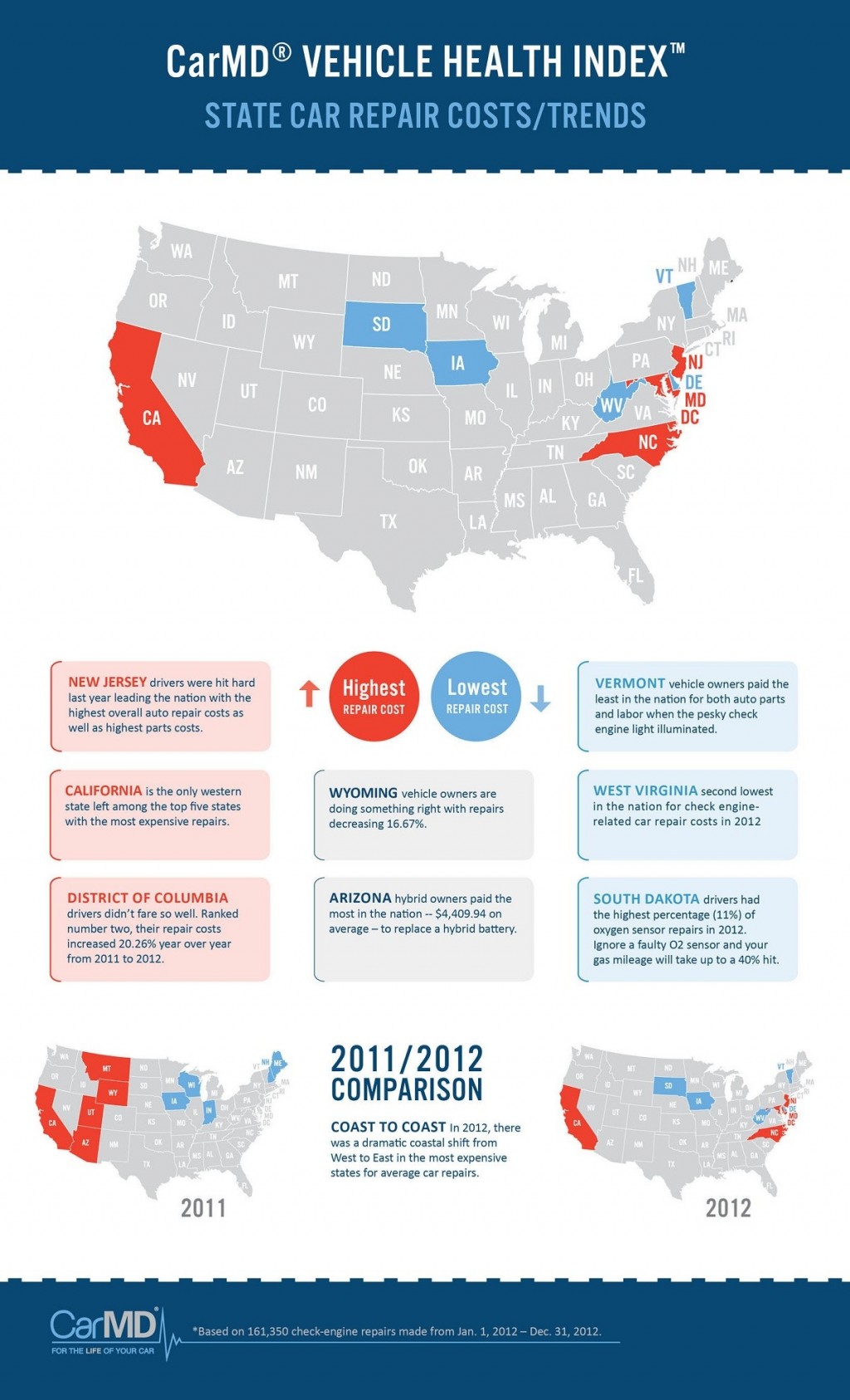Comprehending The Definition Behind Your Automobile'S Warning Lighting: A Comprehensive Look
Comprehending The Definition Behind Your Automobile'S Warning Lighting: A Comprehensive Look
Blog Article
https://www.moneytalksnews.com/want-to-boost-the-value-of-your-home-plant-a-tree-right-now/ -Sykes Corbett
When you lag the wheel, those glowing caution lights on your dashboard can be a bit puzzling. Do you know what they're attempting to inform you regarding your auto's wellness? Understanding the value of these lights is vital for your safety and the long life of your car. So, the next time among those lights appears, wouldn't you intend to decipher its message accurately and take the necessary actions to resolve it?
Common Warning Lights and Interpretations
Determine usual caution lights in your auto and recognize their meanings to ensure safe driving.
The most typical warning lights consist of the check engine light, which indicates problems with the engine or discharges system. If this light comes on, it's essential to have your vehicle inspected immediately.
The oil pressure advising light shows reduced oil pressure, needing immediate attention to prevent engine damage.
A flashing battery light could recommend a defective billing system, possibly leaving you stranded if not attended to.
The tire stress monitoring system (TPMS) light signals you to low tire stress, influencing car security and gas effectiveness. Neglecting this might result in risky driving conditions.
The abdominal light suggests a problem with the anti-lock stopping system, compromising your ability to quit rapidly in emergency situations.
Finally, the coolant temperature level advising light warns of engine overheating, which can cause severe damages if not settled quickly.
Recognizing these common warning lights will certainly aid you resolve issues without delay and keep secure driving problems.
Value of Prompt Attention
Recognizing the common warning lights in your auto is just the initial step; the relevance of promptly dealing with these warnings can't be emphasized enough to ensure your safety when driving.
When a caution light brightens on your dashboard, it's your vehicle's way of connecting a possible issue that needs interest. Neglecting you could try these out can bring about a lot more severe issues later on, endangering your safety and possibly costing you much more out of commission.
Trigger interest to warning lights can prevent break downs and accidents. As an example, a blinking check engine light can suggest a misfire that, if left ignored, could trigger damage to the catalytic converter. Resolving car washing business can save you from an expensive repair.
Similarly, a brake system advising light may signal reduced brake fluid or worn brake pads, important parts for your safety and security when driving.
DIY Troubleshooting Tips
If you observe a warning light on your dashboard, there are a few do it yourself troubleshooting ideas you can attempt prior to looking for expert assistance.
The very first step is to consult your automobile's handbook to recognize what the details warning light suggests. Often Suggested Browsing can be as straightforward as a loosened gas cap setting off the check engine light. Tightening up the gas cap may settle the issue.
An additional usual concern is a reduced battery, which can activate various cautioning lights. Examining the battery links for deterioration and guaranteeing they're protected might take care of the trouble.
If a caution light continues, you can try resetting it by separating the automobile's battery for a couple of mins and then reconnecting it. Furthermore, inspecting your lorry's fluid levels, such as oil, coolant, and brake liquid, can help fix cautioning lights associated with these systems.
Conclusion
To conclude, recognizing your cars and truck's caution lights is crucial for maintaining your vehicle running smoothly and securely. By promptly attending to these alerts and recognizing what they suggest, you can avoid expensive repair work and prospective break downs.
Keep in mind to consult your auto's manual for particular information on each warning light and do something about it appropriately to guarantee a trouble-free driving experience.
Stay educated, stay safe on the road!
